Discover 9 hidden attractions, cool sights, and unusual things to do in DeKalb (United States). Don't miss out on these must-see attractions: Ellwood House, Egyptian Theatre, and Jack Olson Gallery. Also, be sure to include Joseph F. Glidden House in your itinerary.
Below, you can find the list of the most amazing places you should visit in DeKalb (Illinois).
Table of Contents
Ellwood House
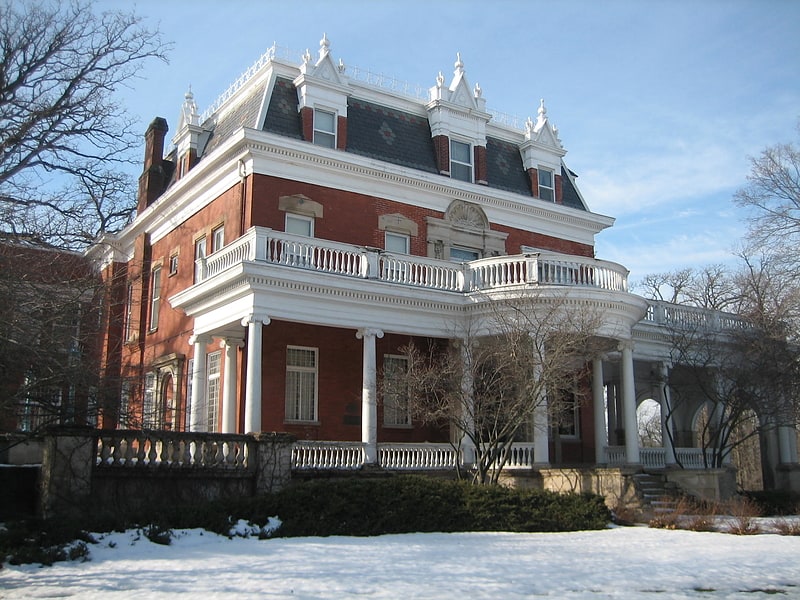
Building in DeKalb, Illinois. The Ellwood House was built as a private home by barbed wire entrepreneur Isaac Ellwood in 1879. It is located on First Street in DeKalb, Illinois, United States, in DeKalb County. The Victorian style home, designed by George O. Garnsey, underwent remodeling in 1898-1899 and 1911. The house was originally part of 1,000 acres which included a large stable complex known as "Ellwood Green." Isaac Ellwood lived here until 1910 when he passed the estate to his son, Perry Ellwood.
After Perry Ellwood inherited the home he remodeled the interior and exterior, drastically altering the home's appearance. Thus, the Ellwood House incorporates elements from several architectural styles. In 1964 the home was donated to the city of DeKalb and converted into a museum. The house was listed on the U.S. National Register of Historic Places in 1975. The Ellwood House Museum site contains six structures in addition to the main house. A 50-foot (15 m) tall water tower dominates the west side of the property while a 14-foot (4.3-m) tall miniature Stick style house is located nearer the main house. There is also a Visitor Center, built as an addition to the Perry Ellwood family's original garage, and a museum house that was once used to hold Harriet Ellwood's (Isaac's wife) collection of "curiosities." The property also includes the "Ellwood-Nehring House," the home given to Perry and May Ellwood as a wedding gift in 1898. From 1940 until 2011, the house was privately owned by Paul Nehring, owner of DeKalb's Nehring Electrical Works, and his wife Shirley.[1]
Egyptian Theatre
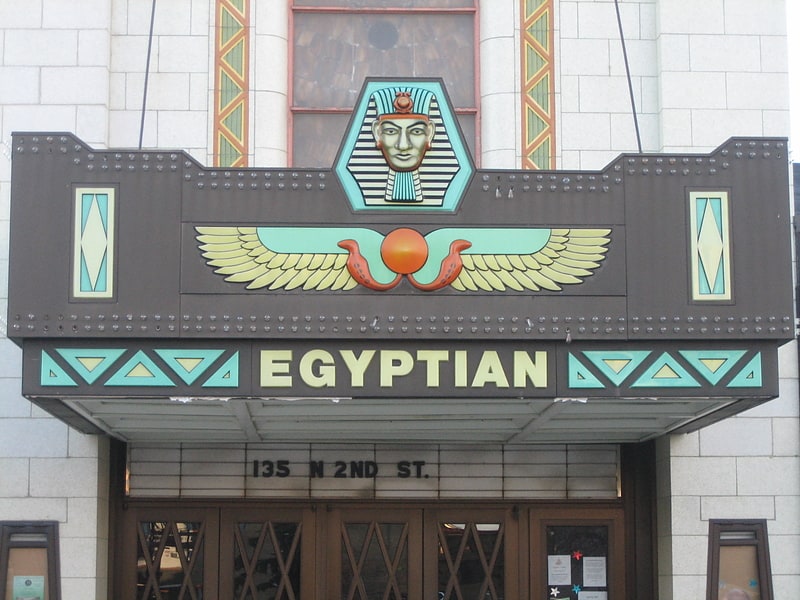
Theatre in DeKalb, Illinois. The Egyptian Theatre in DeKalb, Illinois, United States, is an Egyptian Revival theatre that is listed on the U.S. National Register of Historic Places. The theatre was built in 1928 and 1929 as part of a much larger wave of national fascination with Ancient Egypt throughout the United States, due, in large part, to the discovery of Tutankhamun's tomb in 1922. The theatre was added to the National Register in 1978 and its 1,430-seat auditorium is currently DeKalb County's largest.
The building was designed by architect Elmer F. Behrns, who had an interest in Egyptology. The interior and exterior architecture reflect Egyptian cultural symbols. Stained glass work exhibits designs such as Ra, the Egyptian sun god and the scarab, a sacred Egyptian symbol. The building was nearly demolished in the 1970s but a restoration effort led by Preservation of the Egyptian Theatre (PET) saved the structure. Rumors have long surrounded the DeKalb Egyptian about secret messages allegedly hidden in the architecture and as well as ghost hauntings. While the theater maintains there are no hidden messages in the building the ghost stories have persisted throughout the years. The Egyptian Theatre operates a 42-week season with up to 125 events annually.[2]
Jack Olson Gallery
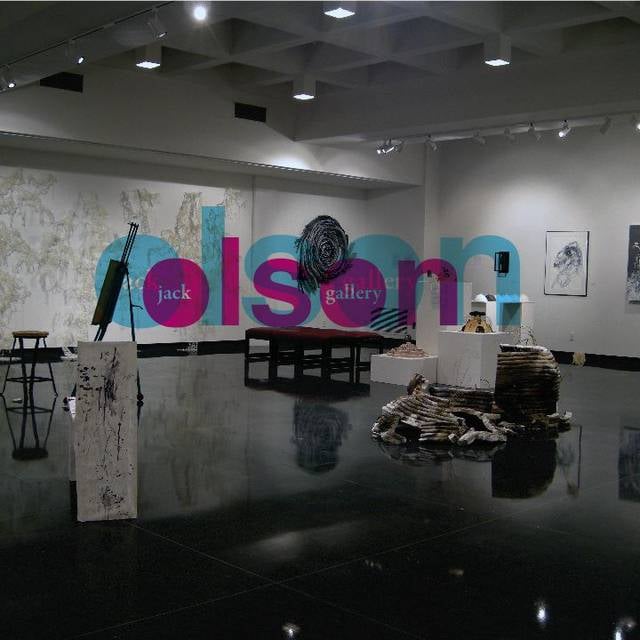
Top attraction, Museum
Address: 200 Visual Arts Building, 60115 DeKalb
Joseph F. Glidden House
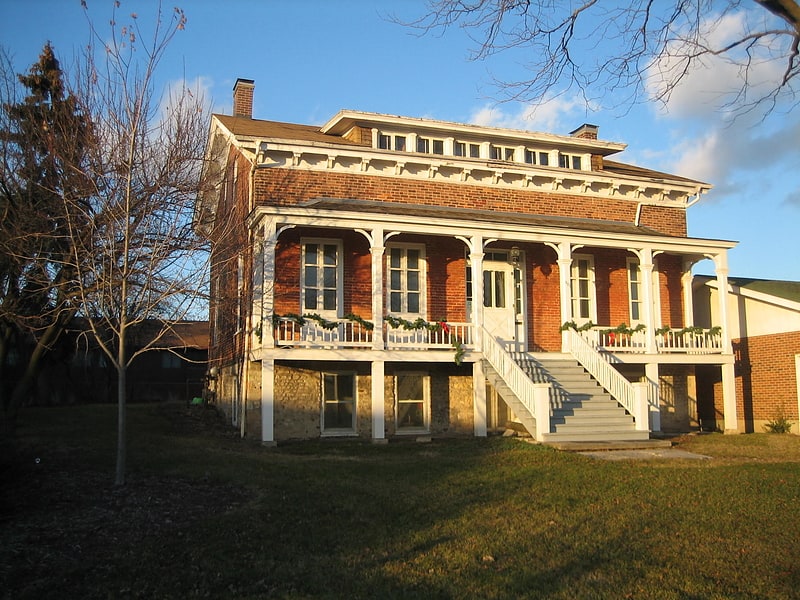
Building in DeKalb, Illinois. The Joseph F. Glidden House is located in the United States in the DeKalb County, Illinois city of DeKalb. It was the home to the famed inventor of barbed wire Joseph Glidden. The barn, still located on the property near several commercial buildings, is said to be where Glidden perfected his improved version of barbed wire which would eventually transform him into a successful entrepreneur. The Glidden House was added to the National Register of Historic Places in 1973. The home was designed by another barbed wire patent holder in DeKalb, Jacob Haish.
The property contains the house and two outbuildings; the barn and the remains of an old windmill foundation. Constructed in 1861, the Glidden House adheres mostly to a French Colonial style of architecture. The raised basement and full-length porch are two of the architectural elements found on the Glidden House that are consistently found in French Colonial homes. The barn, a building of high historical significance, was not included as part of the National Register listing for the property until 2002, nearly 30 years after the original nomination was approved.[3]
Address: 921 W Lincoln Hwy, DeKalb
Northern Illinois University
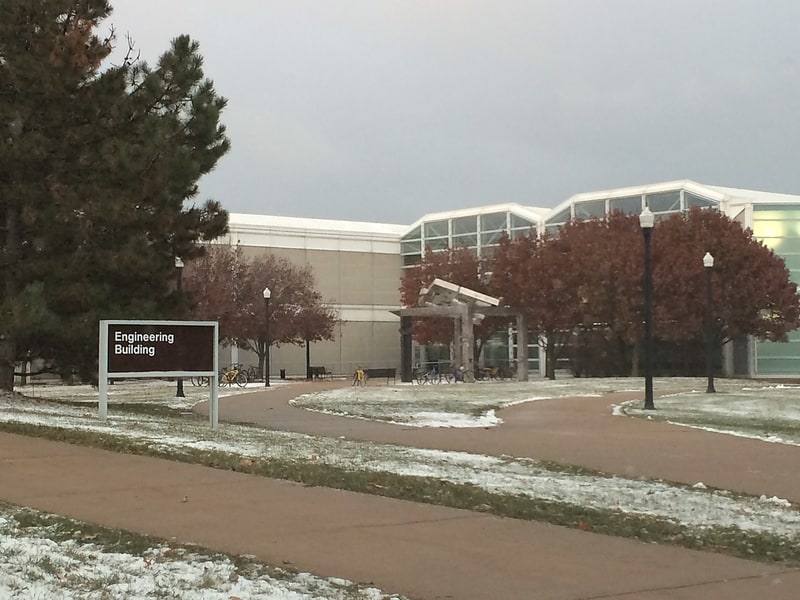
Public university in DeKalb, Illinois. Northern Illinois University is a public research university in DeKalb, Illinois. It was founded as Northern Illinois State Normal School on May 22, 1895, by Illinois Governor John P. Altgeld as part of an expansion of the state's system for producing college-educated teachers. In addition to the main campus in DeKalb, it has satellite centers in Chicago, Naperville, Rockford, and Oregon, Illinois.
The university is composed of seven degree-granting colleges and has a student body of 25,000 with over 240,000 alumni. Many of NIU's programs are nationally accredited for meeting high standards of academic quality, including business, engineering, nursing, visual and performing arts, and all teacher certification programs. NIU is one of only two public universities in Illinois that compete in the National Collegiate Athletic Association at the highest levels of all sports, Division I. The university's athletic teams are known as the Huskies and compete in the Mid-American Conference.[4]
Haish Memorial Library

Building in DeKalb, Illinois. The Haish Memorial Library was designed by Chicago architects White and Weber and built in the art deco style of the 1930s with funds left to the library by Jacob Haish in his 1928 will. The building was added to the National Register of Historic Places in 1980.[5]
Hopkins Park Pool and Community Center
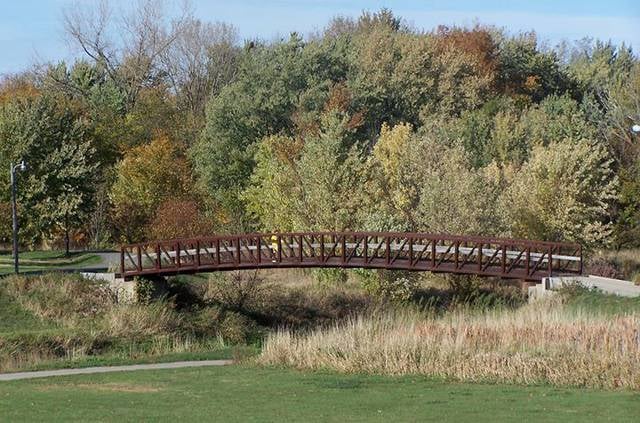
Relax in park, Park
Address: 1407 Sycamore Rd., 60115 DeKalb
George H. Gurler House
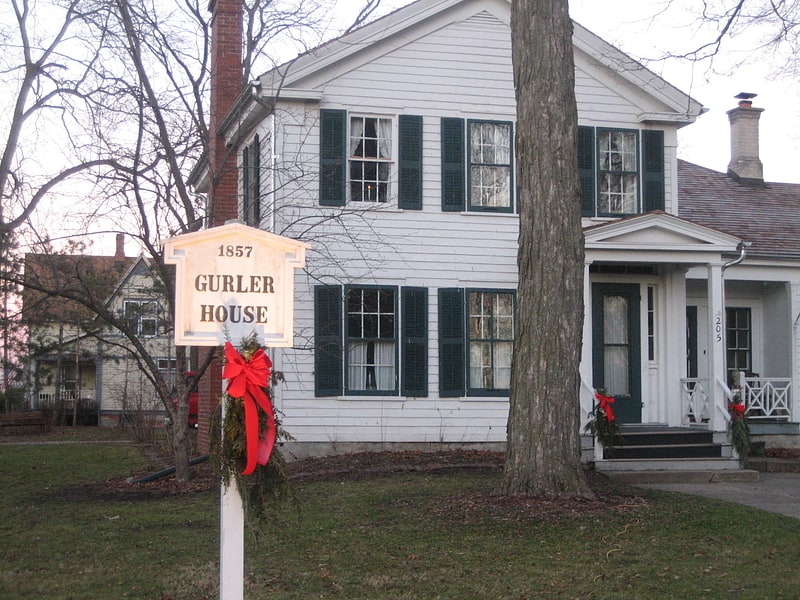
Home in DeKalb, Illinois. The George H. Gurler House or simply, the Gurler House, is a home in the DeKalb County, Illinois city of DeKalb. The home is listed on the National Register of Historic Places to which it was added in 1979. The home was built in 1857 and was occupied by members of George H. Gurler's extended family as early as 1888. Gurler was the co-founder of the Gurler Brothers Creamery. Gurler was also the president of the DeKalb County Farmer's Institute, the predecessor of the American Farm Bureau Federation.[6]
Andrew O. Anderson House
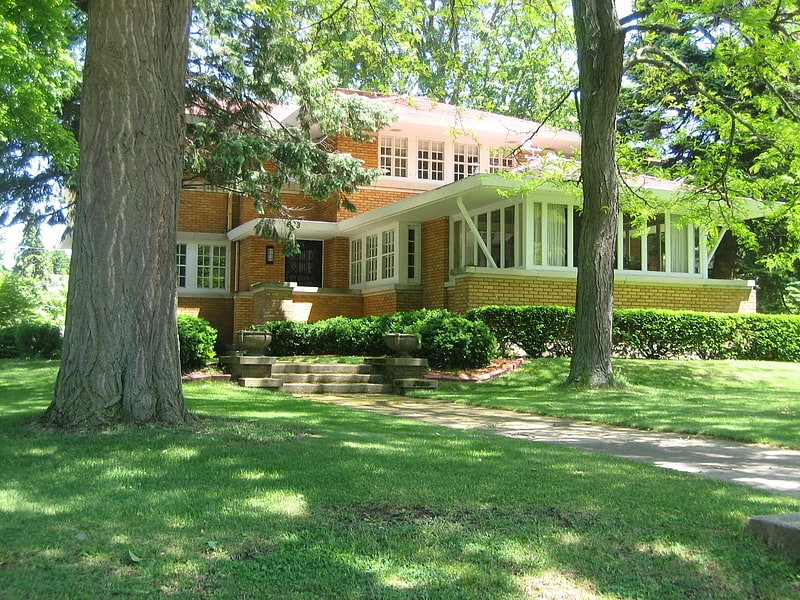
The Andrew O. Anderson House, also known as the A. O. Anderson House, is a Prairie style house in the city of DeKalb, Illinois, United States. The house was designed by American architect John S. Van Bergen around 1913 and built around 1916. Van Bergen designed many Prairie homes and was an associate of famous architect Frank Lloyd Wright. Throughout its history the Anderson House has been mistaken for a residence designed by Wright. The Anderson House contains many elements common to both Prairie style in general as well as some of Wright's early Prairie designs. The house was constructed for DeKalb clothing merchant Andrew O. Anderson about 14 years after an original house project on the site fell through.[7]